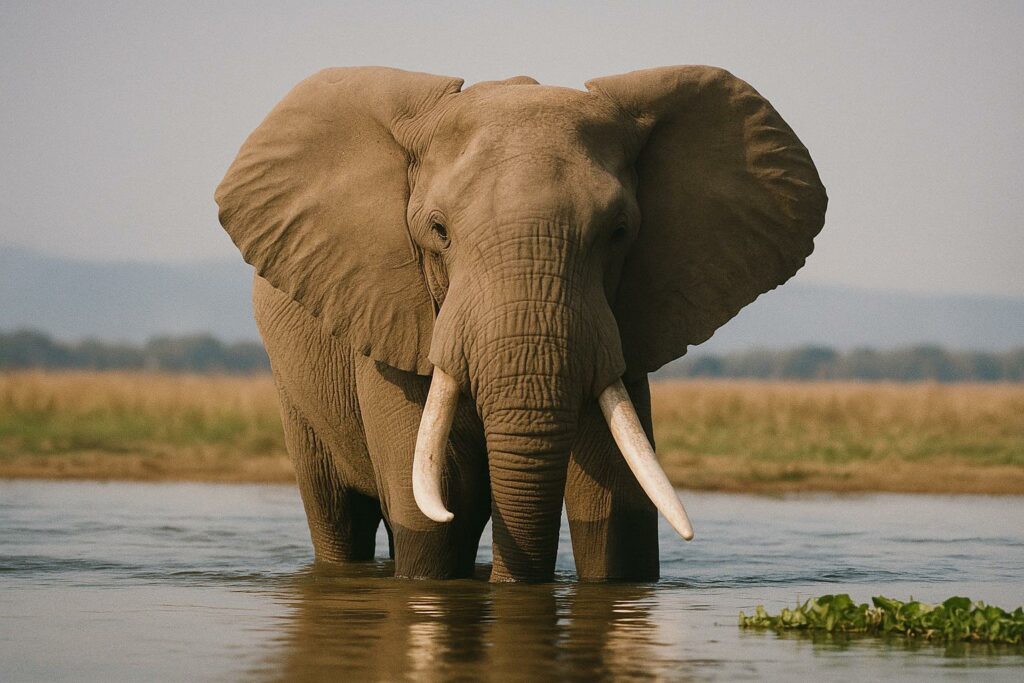The Elephant Overpopulation Issue
Zimbabwe has found itself at the center of a contentious debate over its recent decision to cull elephants to manage overpopulation, with the government arguing that the ecological balance in the Savé Valley could tip dangerously due to an excess of pachyderms. Official data suggests that the park’s capacity is limited to 800 elephants, a stark contrast to the current estimate of 2,550, necessitating urgent intervention.
Government Stance and Public Reactions
Tinashe Farawo, spokesperson for ZimParks, underscores the urgency by stating that the overcrowding of elephants not only endangers their habitat but also poses imminent risks to the elephants themselves. Despite criticism from local and international conservation entities, the government remains resolute, promising that meat from the culled animals will benefit local communities, while ivory will be regulated by park authorities.
A Historical Perspective on Elephant Management
The current scenario resurrects debates dormant since the 1980s, the last instance when such drastic measures were undertaken. The policy shift reflects a broader pattern of wildlife management strategies that blend traditional conservation with modern pragmatic approaches, despite the ethical quandaries they invoke.
Global Implications and Ethical Concerns
As the world grapples with climate change and habitat destruction, Zimbabwe’s decision raises pivotal questions regarding wildlife management’s ethical and pragmatic facets. International wildlife conservation bodies have expressed apprehension, advocating for alternative solutions that align more closely with global conservation standards while addressing legitimate ecological concerns.

